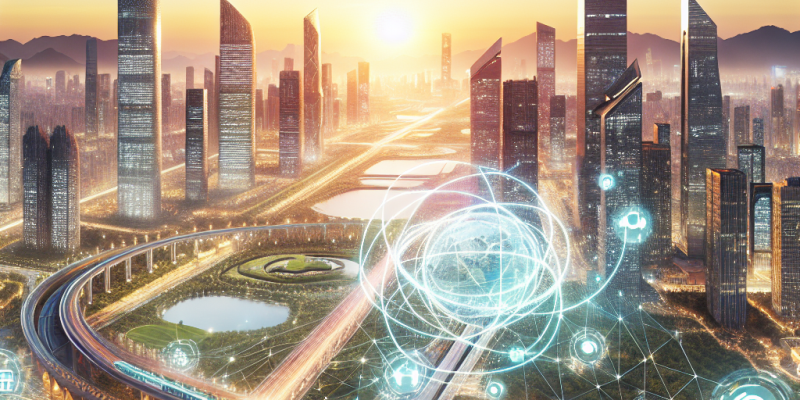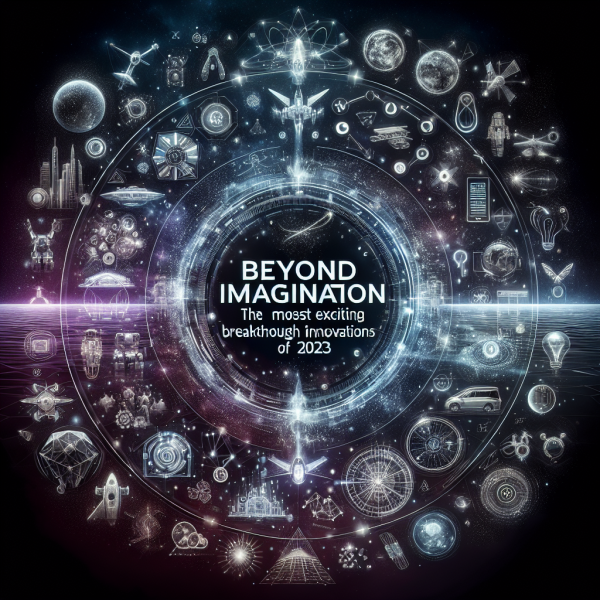Building a Smarter World: Breakthrough Innovations in Smart City Design

In an era defined by rapid technological advancement, cities around the globe are undergoing a metamorphosis into smart cities, leveraging data, connectivity, and innovative design to enhance the lives of their citizens. This transformation aims not only to improve urban living but also to foster sustainability, efficiency, and safety. As we explore the breakthrough innovations in smart city design, it becomes evident that the future of urban environments lies in intelligent infrastructure and responsive systems.
1. Connectivity and the Internet of Things (IoT)
At the heart of any smart city is robust connectivity facilitated by the Internet of Things (IoT). By embedding sensors in infrastructure, public transport, and even everyday objects, cities can gather real-time data on various aspects of urban life. This connectivity allows for better management of resources, traffic flow, waste management, and environmental monitoring.
Example: Barcelona’s Smart Water Management
Barcelona has successfully implemented a smart water management system using IoT technologies. Sensors help monitor water consumption and leakage, leading to an impressive reduction in water waste. Such innovations showcase how cities can harness data for efficient resource management, setting a precedent for others to follow.
2. Smart Mobility Solutions
Transportation is one of the most critical components of urban planning. Smart cities are integrating advanced mobility solutions that prioritize accessibility and sustainability. Electric vehicles (EVs), bike-sharing programs, autonomous public transport, and ride-sharing apps are reshaping how residents navigate their urban spaces.
Example: Singapore’s Autonomous Vehicles
Singapore is at the forefront of autonomous vehicle technology, integrating it into its public transport system. The city-state has initiated pilot programs for self-driving buses, enhancing public transport efficiency and opening new avenues for urban mobility. Such innovations not only reduce congestion but also minimize the carbon footprint.
3. Data-Driven Decision Making
Smart cities leverage data analytics to inform policy decisions and urban planning. By analyzing traffic patterns, energy consumption, and citizen feedback, urban planners can make informed decisions that reflect the needs of the community.
Example: Amsterdam’s Open Data Initiative
Amsterdam’s Open Data initiative encourages transparency and citizen engagement by providing access to city data. Residents can explore information related to public services, transportation, and environment, fostering a collaborative approach to urban development. This data democratization empowers citizens and enables smarter decision-making.
4. Sustainable Energy Solutions
Sustainability is paramount in smart city design. Cities are increasingly adopting renewable energy sources, energy-efficient buildings, and smart grids to reduce their environmental impact. These innovations aim to create a greener urban fabric while ensuring energy security.
Example: Masdar City, Abu Dhabi
Masdar City is an ambitious project designed as a model for sustainable urban living. Powered by renewable energy, the city utilizes solar power and wind energy extensively. Its architecture promotes energy efficiency with smart design principles such as passive cooling and natural lighting, paving the way for future developments.
5. Enhanced Public Safety
Smart cities prioritize citizens’ safety through innovative solutions that enhance crime prevention, emergency response, and disaster management. Integrated safety systems utilize technology to protect residents and ensure a quick response to emergencies.
Example: New York City’s Gun Detection System
New York City has begun implementing advanced gunshot detection systems that leverage sensors and real-time data analytics. By pinpointing the source of gunfire, law enforcement can respond more swiftly and effectively. These proactive measures enhance public safety, showcasing how technology can be harnessed for the benefit of communities.
6. AI and Predictive Analytics
Artificial intelligence (AI) plays a pivotal role in smart city innovation. From traffic management systems that adapt to real-time conditions to predictive analytics models that forecast urban challenges, AI empowers cities to respond dynamically to a plethora of scenarios.
Example: Los Angeles’ Traffic Management System
Los Angeles has integrated AI into its traffic control systems, utilizing real-time data to adjust traffic signals dynamically. This innovation has been effective in reducing congestion and minimizing travel times for residents, demonstrating the potential of AI in enhancing urban mobility.
Conclusion
The evolution of smart cities signifies a vital shift toward more responsive, sustainable, and efficient urban environments. With technology at the forefront, urban planners, policymakers, and citizens must work collaboratively to harness these innovations for the greater good. As cities like Barcelona, Singapore, and Amsterdam pave the way, the vision of a smarter world is gradually becoming a reality. Embracing these advancements not only promises a better quality of life for current residents but also lays the groundwork for future generations to inherit a resilient, cohesive, and intelligent urban landscape.














